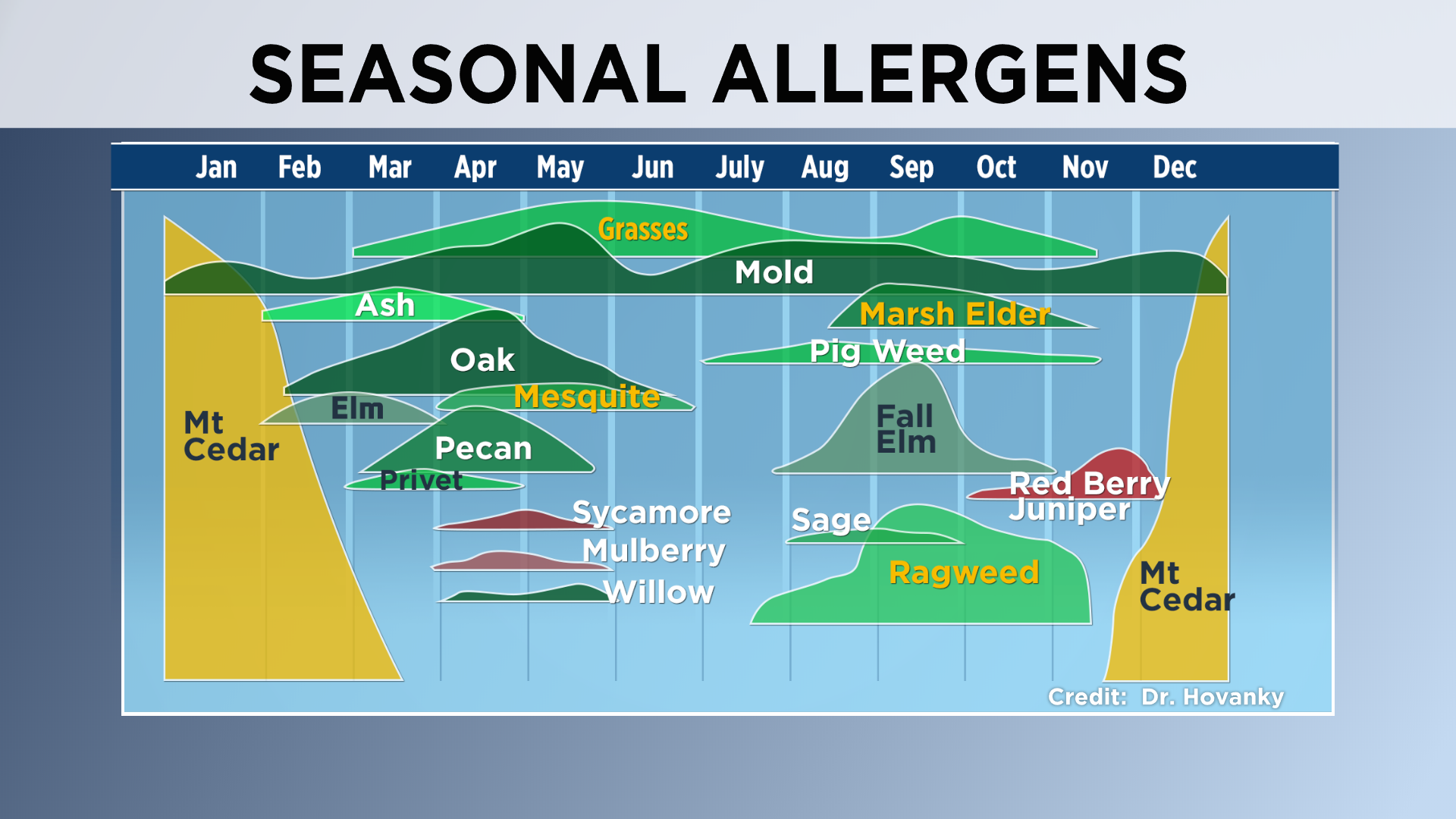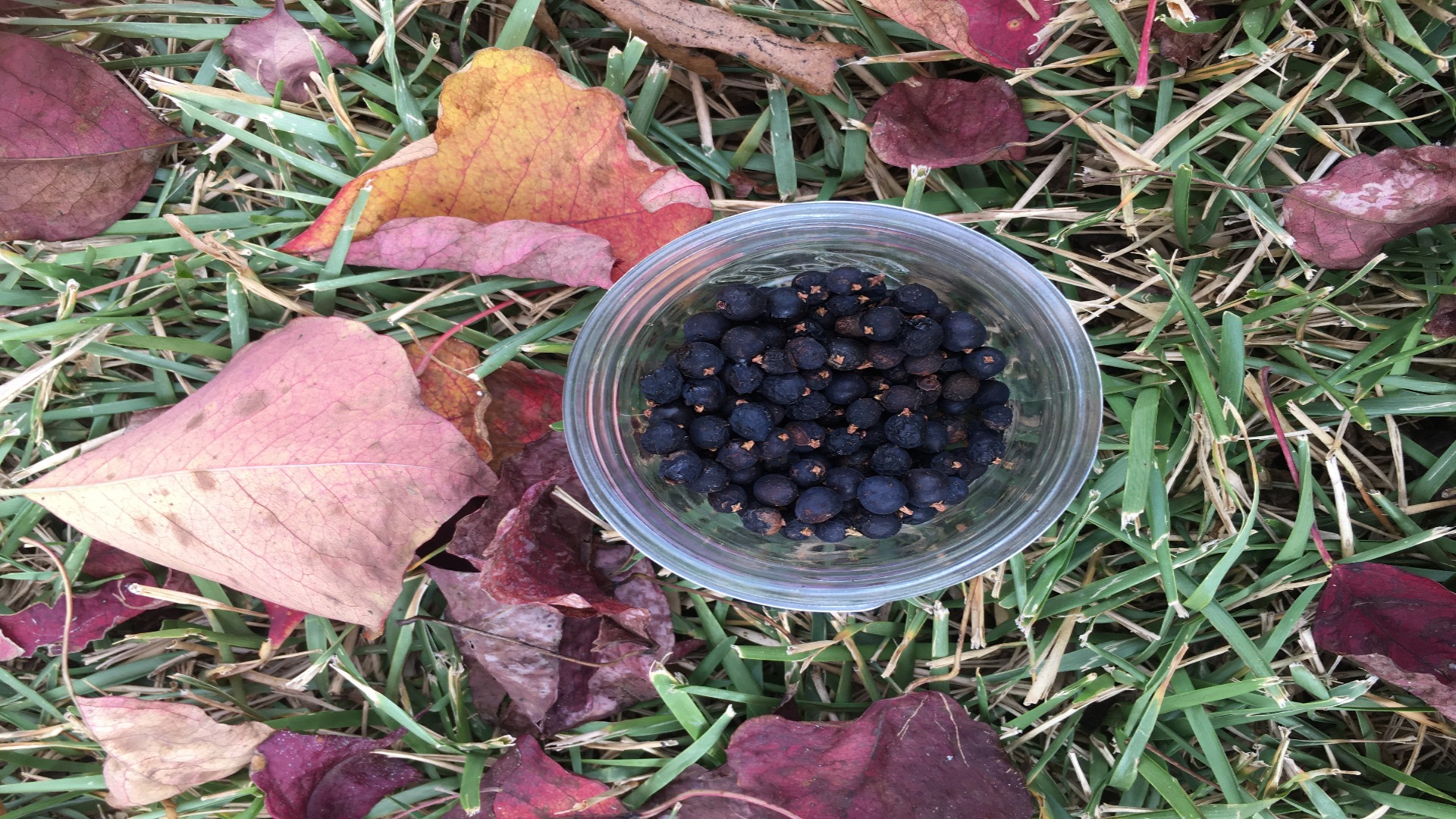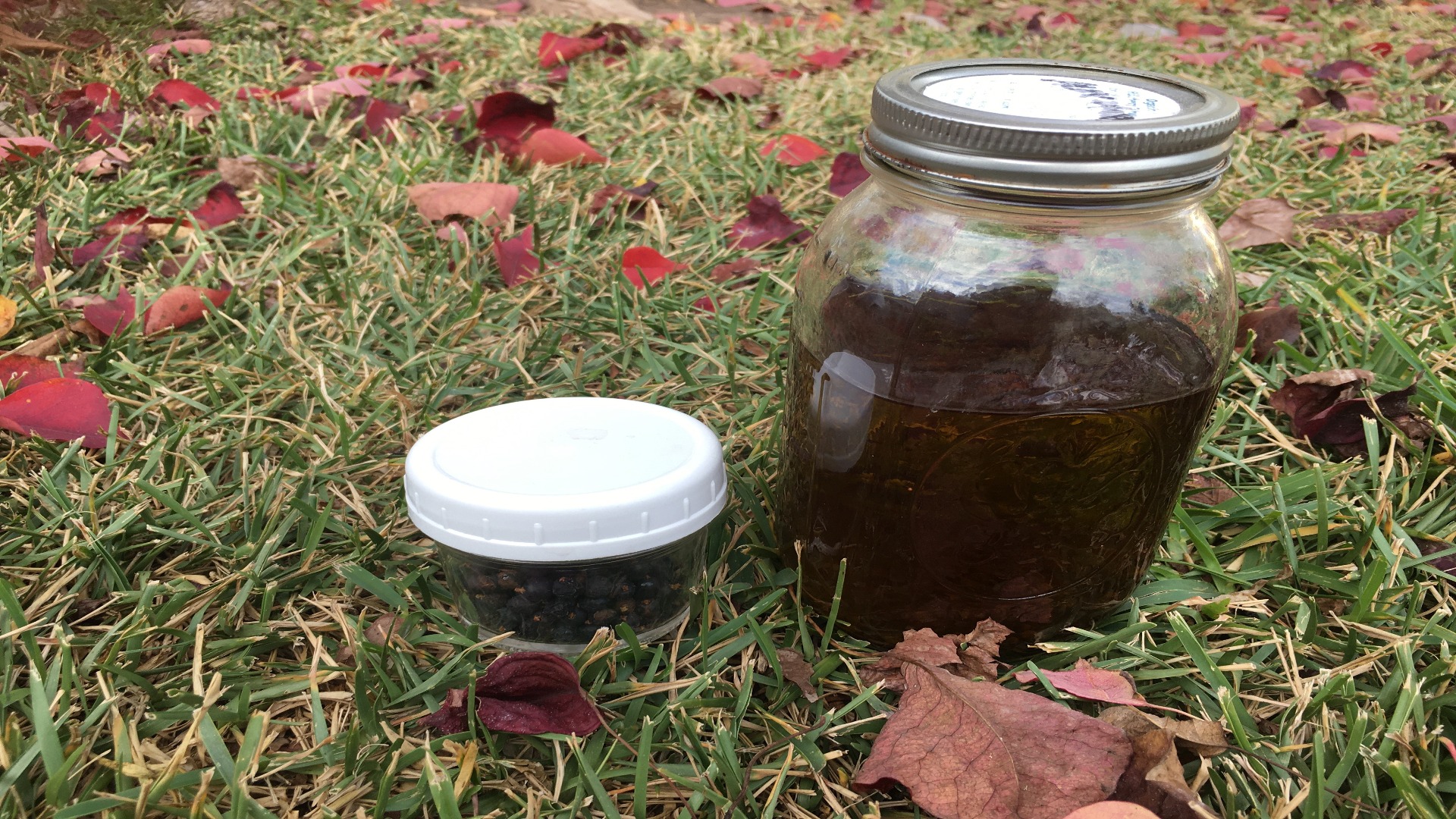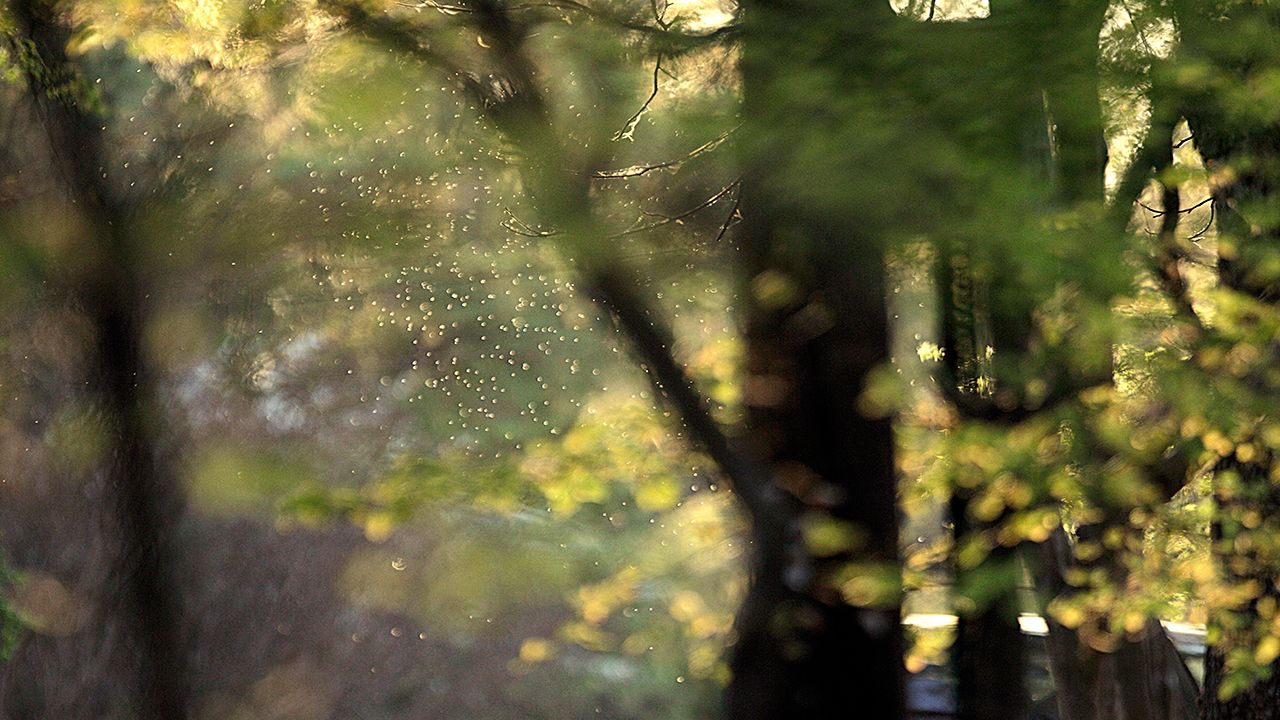The summer heat has gone, the humidity of fall has subsided, and we are looking forward to getting outside more and enjoying the crisp, cool air.
This is the unicorn of Texas weather, morning lows in the 40s and afternoon highs in the 60s. It is simply magical.
When you have friends visit during this time, they usually utter the words, "This weather is amazing...I could live here!"
Through your watery eyes, runny nose, and scratchy throat, you croak, "Yep."

This is the time of year when the Mountain Cedar tree releases pollen, and "Cedar Fever" starts rearing its ugly head.
If you live anywhere in a broad strip of Texas from the Red River to the Rio Grande, then you know what I’m talking about. These trees cover much of the 24 million acres of the Edwards Plateau.
Did you know that the Mountain Cedar is not a cedar tree? It is juniper and technically called the Juniperus Ashei.
Male trees produce pollen cones, which are about the size of a grain of rice, but they cause an unpleasant allergic reaction.
On a windy day, clouds of cedar pollen will become airborne and travel for miles until they land on (or in) something sticky, such as your nose.

However, these trees are not all bad. The female trees produce fruiting cones that look like berries.
Not only do they provide food for wildlife, but they are used in many other ways. The can flavor gin, be an alternative to pepper when cooking, and be used as an essential oil in hand sanitizer to get a sweet, yummy smell.

Interestingly, the Native American Indians would use these berries as a blood tonic to alleviate symptoms of anemia as well as a cure-all for the common cold, flu, and other aches and pains.
I love that Mother Nature has a sense of humor, and the same tree that can make us feel miserable in Texas can also make us feel better!




